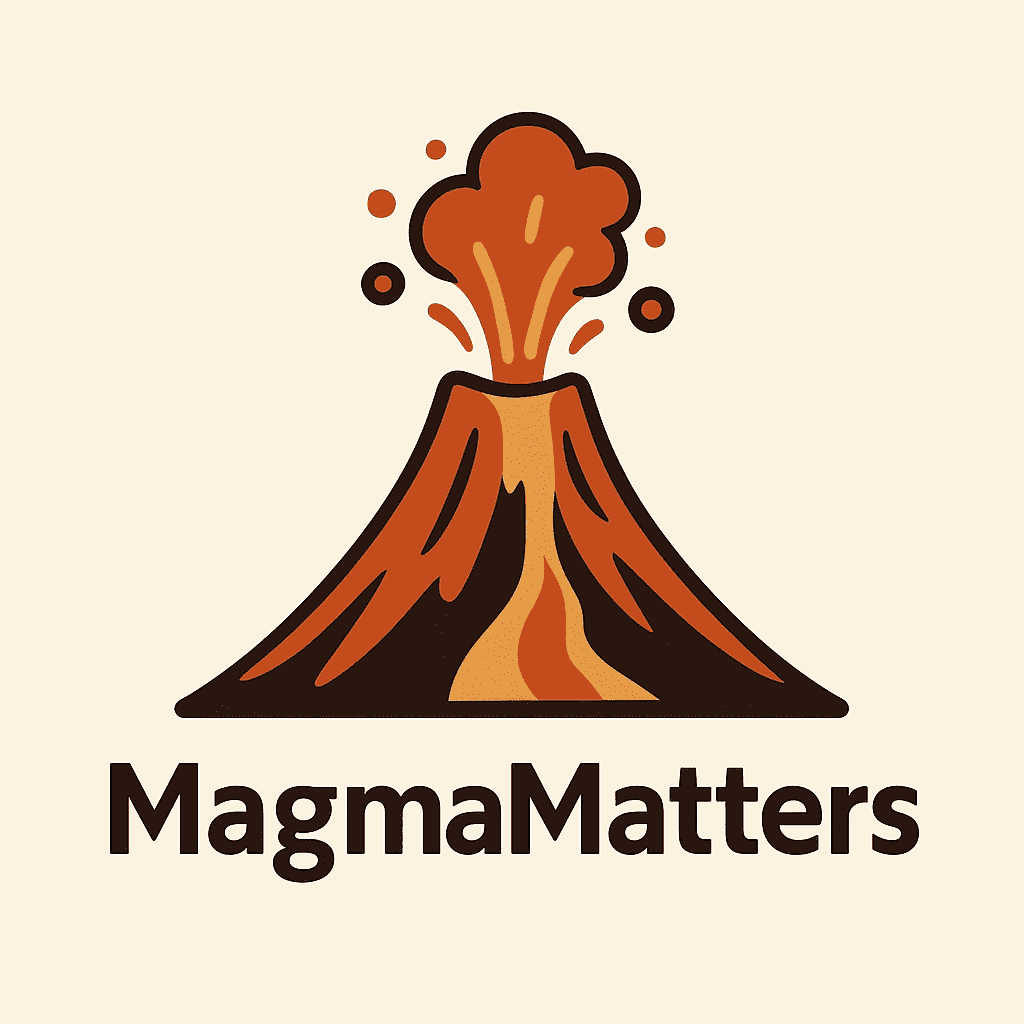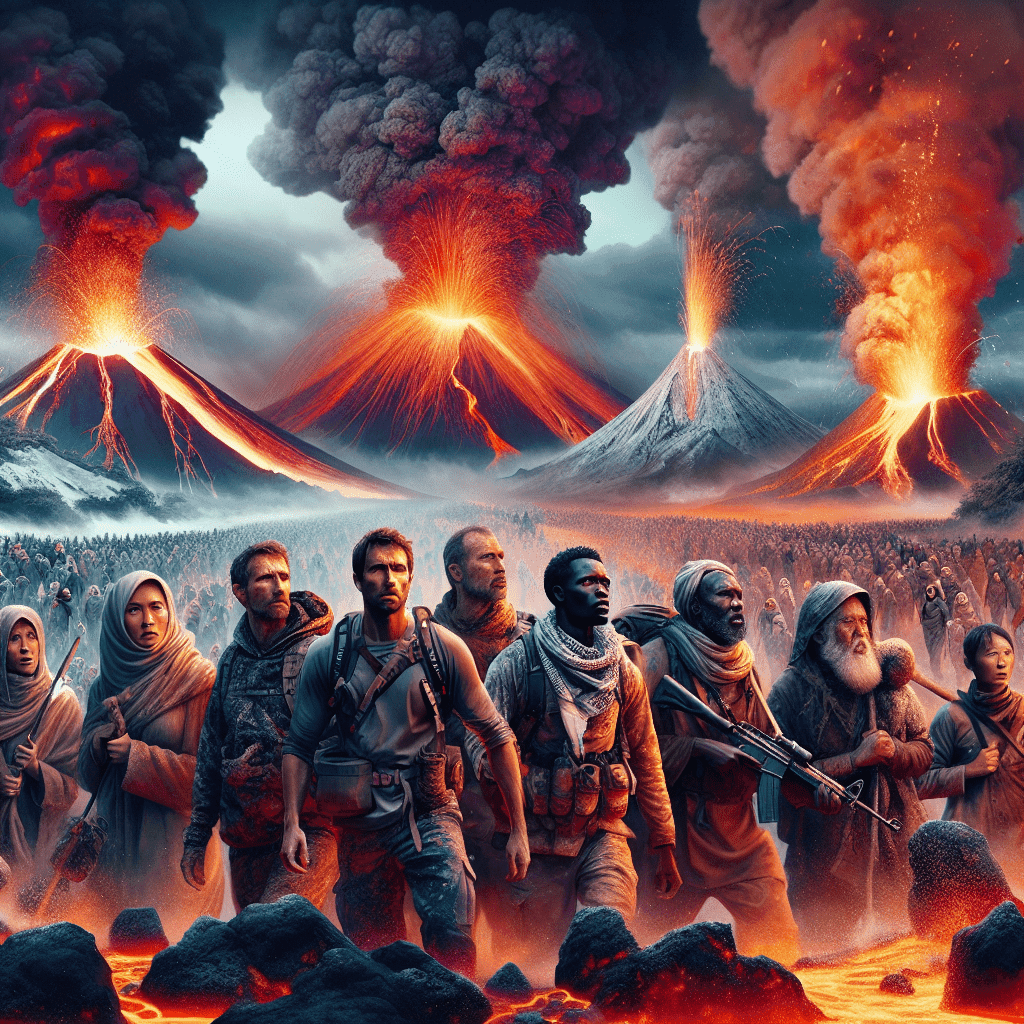In “Surviving the Fury: 5 Remarkable Volcanic Eruption Survival Narratives,” you will be transported into the gripping accounts of individuals who faced the catastrophic power of volcanic eruptions and managed to emerge alive. These narratives will take you through incredible tales of courage, resilience, and quick thinking as people navigate through the terrifying chaos caused by molten lava, flying debris, and suffocating ash. From the ashen landscapes of Pompeii to the fiery grandeur of Mount St. Helens, these stories will captivate and inspire you, showing the indomitable spirit of those who have faced nature’s fury and lived to tell the tale.
Understanding Volcanoes: An Overview
This image is property of i.natgeofe.com.
Defining volcanoes and their formation
Volcanoes are natural geological formations that occur when molten rock, known as magma, and gases rise to the Earth’s surface. This process is known as volcanic eruptions, which can result in the release of lava, ash, and other materials. Volcanoes are typically found at sites where tectonic plates meet, such as along plate boundaries or hotspots under the Earth’s crust. They can also occur in rift zones where the tectonic plates are moving apart.
This image is property of miro.medium.com.
Different types of volcanoes: stratovolcano, shield volcano, lava domes and more
There are several different types of volcanoes, each with unique characteristics and eruption patterns. One common type is the stratovolcano, also known as a composite volcano. These volcanoes are characterized by their steep sides and a conical shape formed by layers of lava, ash, and other volcanic materials.
Shield volcanoes, on the other hand, have a broad and gently sloping shape. They are formed by the gradual buildup of fluid lava flows over time. Shield volcanoes, such as those found in Hawaii, tend to have less explosive eruptions compared to stratovolcanoes.
Lava domes, as the name suggests, are formed when highly viscous lava accumulates around the volcanic vent. They often result in explosive eruptions due to the buildup of pressure.
This image is property of Amazon.com.
Geographic distribution of volcanoes: The ‘Ring of Fire’ and beyond
Volcanoes are not evenly distributed across the globe. One well-known region with a high concentration of volcanoes is the ‘Ring of Fire.’ This area encircles the Pacific Ocean and is characterized by a large number of volcanic eruptions and earthquakes. The ‘Ring of Fire’ is a result of the tectonic activity along the boundary of several major plates, such as the Pacific Plate, the Philippine Sea Plate, and the Juan de Fuca Plate.
However, volcanoes can also be found in other parts of the world. For example, there are volcanic regions in Iceland, Italy, Indonesia, and many other countries. These volcanoes are associated with different tectonic settings and geological features.
This image is property of i.natgeofe.com.
The causes of volcanic eruptions: tectonic movements and pressure from within
Volcanic eruptions are primarily caused by the movement of tectonic plates and the pressure of magma from within the Earth. When tectonic plates collide or separate, it creates pathways for magma to escape to the surface, leading to volcanic activity.
In subduction zones, where one tectonic plate moves beneath another, the descending plate melts as it enters the Earth’s mantle, forming magma. This magma then rises to the surface, resulting in volcanic eruptions.
The pressure of magma within the Earth’s crust can also lead to eruptions. As magma accumulates in a volcanic chamber, it can create enough pressure to force its way to the surface, causing an eruption.
This image is property of Amazon.com.
The beneficial and devastating effects of volcanoes
Volcanic eruptions can have both beneficial and devastating effects. On one hand, volcanic soils are known for their fertility and are often sought after for agriculture. The minerals and nutrients released during eruptions can enrich the surrounding soil, making it highly suitable for farming.
However, volcanic eruptions can also result in catastrophic consequences. The release of gases, such as sulfur dioxide, can have harmful effects on the environment and human health. Ash and pyroclastic flows can bury communities, destroy infrastructure, and disrupt travel and trade routes. Volcanic eruptions can also trigger secondary hazards, such as landslides and lahars, which are volcanic mudflows.
Understanding the hazards and benefits of volcanic eruptions is crucial for disaster management and preparedness. By studying volcanoes and their behavior, scientists and communities can develop strategies to mitigate risks and ensure the safety of those living near active volcanoes.

